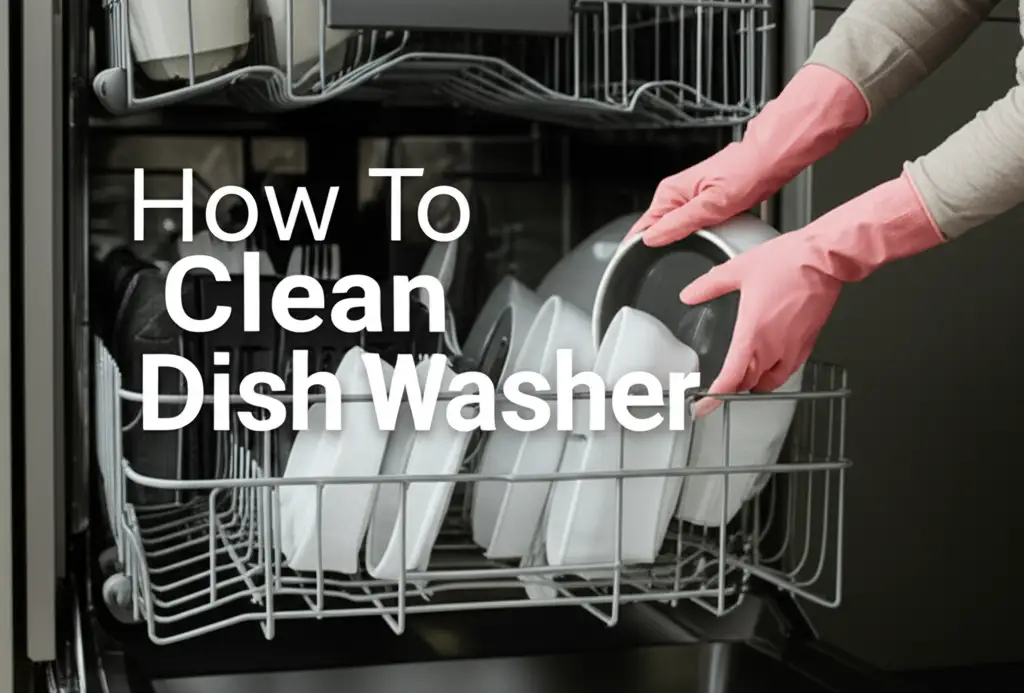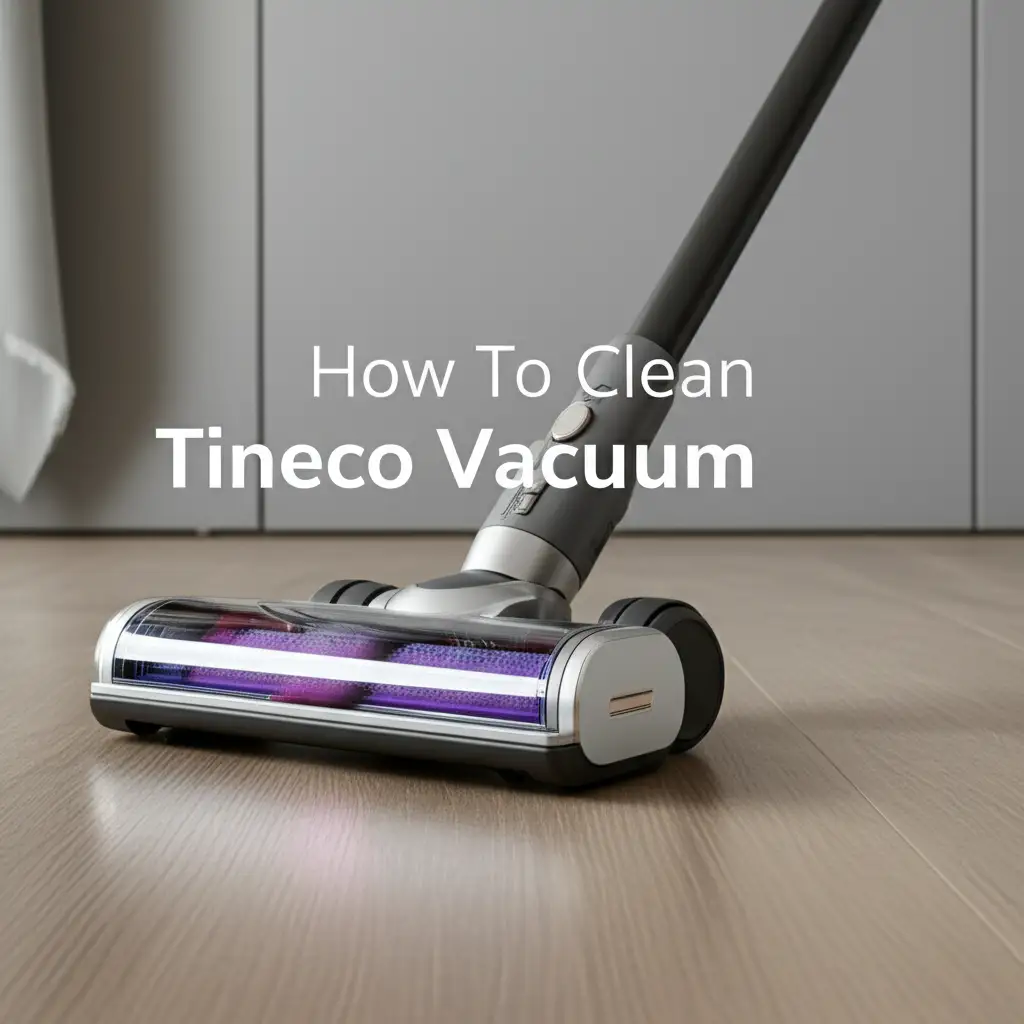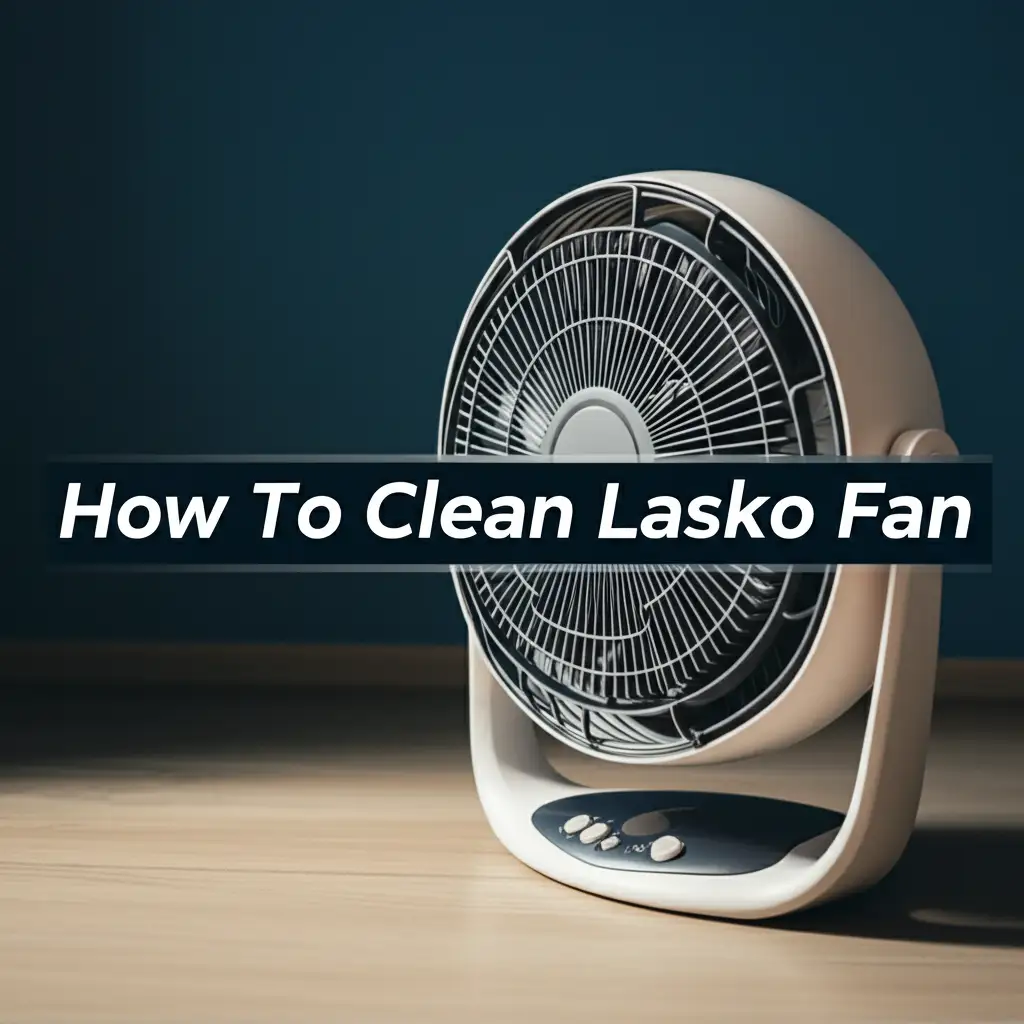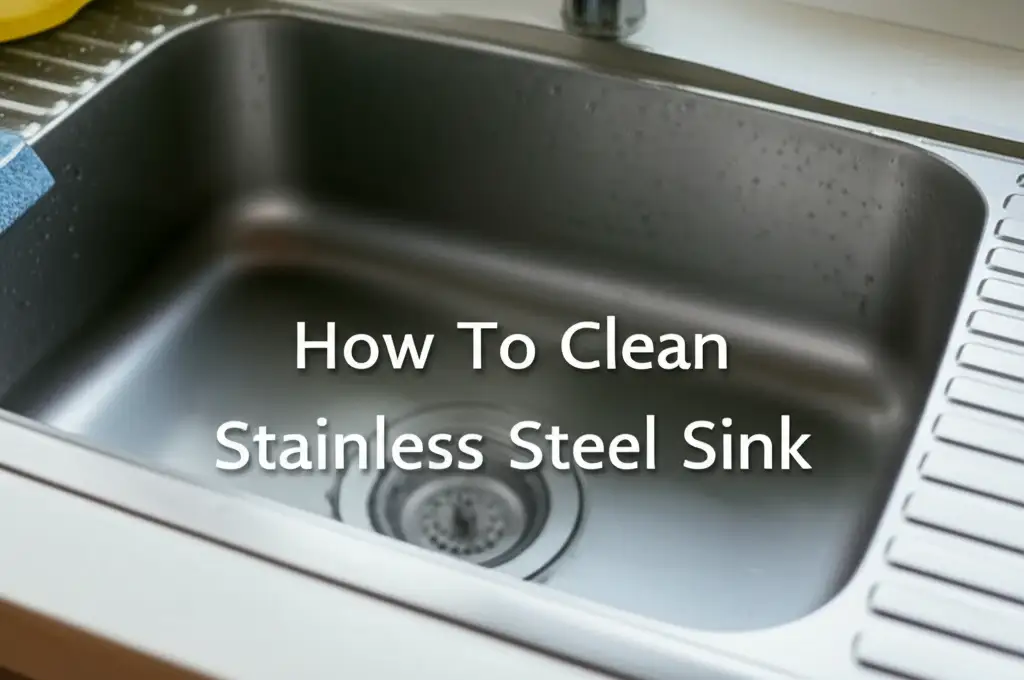· Home Cleaning · 15 min read
How To Clean Under A Refrigerator
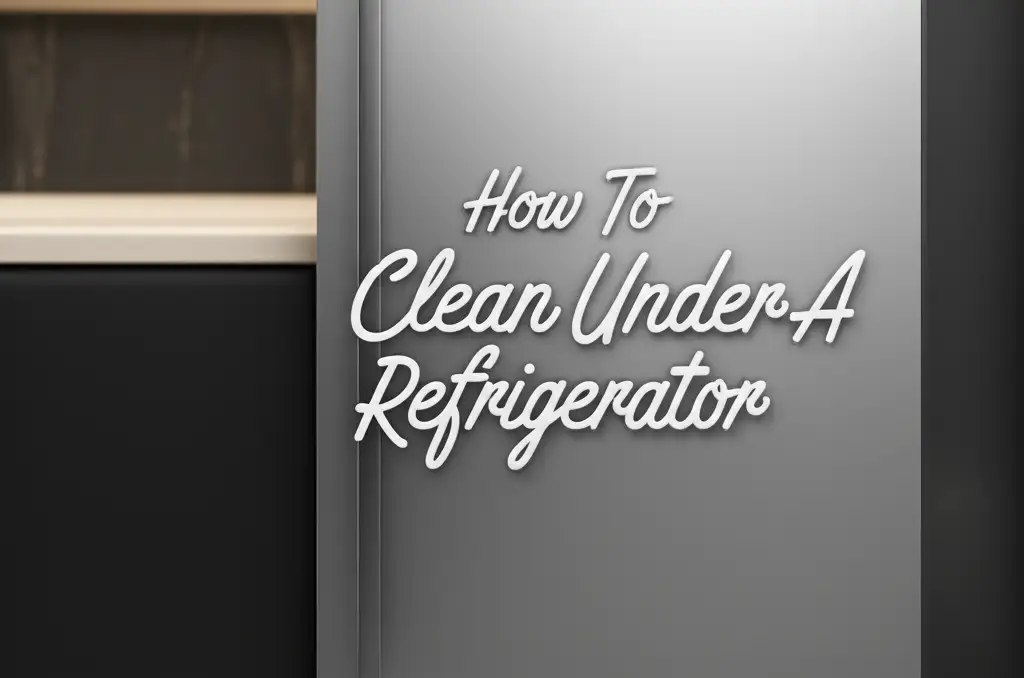
Refrigerator Cleaning: How To Clean Under A Refrigerator
Have you ever wondered what lives under your refrigerator? It is a hidden world of dust bunnies, crumbs, and forgotten treasures. This often-overlooked space collects grime. Over time, this buildup affects your appliance’s health and your home’s air quality.
Cleaning under your refrigerator is more than just tidying up. It keeps your kitchen air cleaner. It also helps your fridge run better. A clean space means better airflow for the appliance’s parts. This article shows you how to tackle this essential chore. We will cover tools, safety steps, and effective cleaning methods. Get ready to transform your kitchen’s hidden corners.
Takeaway:
- Regularly cleaning under your refrigerator keeps your home healthy.
- It improves your appliance’s energy use.
- Gather the right tools first.
- Always prioritize safety.
- Follow simple steps for a deep clean.
Clear, Concise Answer:
To clean under a refrigerator, unplug it, carefully pull it out, and then vacuum or sweep away dust and debris. Wipe down the floor and coils with a damp cloth and mild cleaner. Ensure the area is dry before pushing the refrigerator back.
Why Cleaning Under Your Refrigerator Matters for Home Health
Cleaning under your refrigerator is an important task. Many people forget this area. Ignoring it creates a dirty space. This space can harm your home’s health.
Dust and debris gather there easily. This includes food particles, pet hair, and general house dust. These things create a breeding ground for pests. Bugs like cockroaches love dirty, dark places. They find shelter and food under your refrigerator. Cleaning stops these pests from moving into your home. It keeps your kitchen a safe space.
Health Risks of Neglect
A dirty area under the fridge affects air quality. Dust gets kicked up when the fridge motor runs. This dust contains allergens. It includes pet dander and dust mites. People with allergies or asthma can feel worse. Clean air makes a home feel better. It supports your family’s health.
Mold can also grow in this dark, damp spot. Spilled liquids or condensation create moisture. Mold releases spores into the air. These spores cause respiratory problems. They trigger allergy symptoms. Removing mold helps your air stay clean. It protects your health. Cleaning under your refrigerator is a simple way to improve indoor air.
Energy Efficiency Benefits
A dirty space also harms your refrigerator’s performance. The condenser coils are usually located at the back or bottom. They release heat from the fridge. Dust and dirt cover these coils. This acts like a blanket. The coils cannot release heat properly.
Your refrigerator works harder to cool food. This uses more energy. It makes your power bill higher. Cleaning the coils makes the fridge run more efficiently. It saves you money on electricity. A clean fridge lasts longer too. It avoids strain on its parts. This simple cleaning step protects your appliance investment. It keeps your home running smoothly.
Essential Tools and Supplies for Refrigerator Cleaning
Getting ready for this cleaning task is simple. You need only a few basic tools. Having everything ready saves time. It makes the job easier. I always gather my supplies before I start.
Here is what you will need:
- Vacuum cleaner with attachments: A narrow crevice tool helps reach tight spots. A brush attachment is good for coils.
- Long-handled brush or coil brush: This helps dislodge dust from condenser coils. You can buy a special coil brush.
- Microfiber cloths: These are great for wiping surfaces. They pick up dust well. Use a few of them.
- Mild all-purpose cleaner: A gentle spray cleaner works well. You can use dish soap mixed with water.
- Warm water: For rinsing cloths.
- Bucket: For mixing your cleaning solution.
- Flashlight or headlamp: The area under the fridge is often dark. A light helps you see everything.
- Work gloves: Protect your hands from dirt and cleaning solutions.
- Dust mask: Wear one to avoid breathing in dust.
- Pry bar or small blocks of wood: These help lift the fridge slightly if needed.
- Floor protectors: Place these under the fridge wheels if you have delicate flooring.
Gathering these items before you begin will make the cleaning process smooth. You will not need to stop halfway through. This preparation ensures a thorough and efficient clean. You will feel good about having the right tools for the job.
Preparing Your Refrigerator for a Deep Clean
Before you start scrubbing, you must prepare the refrigerator. This step is important. It ensures safety and makes the cleaning process easier. I always make sure to follow these preparation steps.
Safety First: Unplugging the Appliance
The first and most important step is to unplug your refrigerator. Do not skip this. Electricity is dangerous. You will be working near wires and moving parts. Unplugging removes all power. It stops the motor from running. This prevents electric shock. It also prevents moving parts from injuring you.
Locate the power cord. It is usually at the back of the fridge. Pull the plug straight out from the wall outlet. Do not pull on the cord itself. Check that the power is fully off. Safety comes before cleaning.
Clearing the Path and Moving Your Refrigerator
Once unplugged, you need to move the refrigerator. This allows full access to the space underneath. First, clear the area around the fridge. Remove any rugs, kitchen mats, or items on the floor nearby. This gives you room to work.
Most refrigerators have wheels. These wheels are usually hidden. Grab the sides of the fridge firmly. Pull it straight out slowly. Move it just enough to access the back and underside. If your fridge is heavy, ask for help. Do not strain your back. If the wheels are stuck, lift the front slightly with a pry bar. Place small blocks of wood under the front wheels to help it move. Be careful not to scratch your floor. You can place floor protectors or a moving blanket under the wheels. This is important for hardwood or delicate tile floors. Once it is out, you can start the actual cleaning.
Step-by-Step Guide to Thoroughly Clean Under Your Refrigerator
Now the real work begins. Cleaning under your refrigerator is not hard. It just requires a systematic approach. Follow these steps for a truly clean space.
Initial Debris Removal: When the fridge is out, look at the floor underneath. You will likely see a lot of dust, crumbs, and debris. Use your vacuum cleaner. Attach the crevice tool. This tool helps reach deep into corners. Vacuum up all loose dirt. Get as much as you can. Pay attention to any large clumps of dust or spilled food.
Vacuuming the Condenser Coils: The condenser coils are important. They are usually at the back or bottom of the fridge. They look like black tubes or a grill. Use your vacuum cleaner’s brush attachment for this step. Gently vacuum the coils. Remove dust and pet hair. If the coils are very dirty, use a special coil brush. This brush is long and flexible. It can reach into tight spaces between the coils. Carefully brush off stuck-on grime. Vacuum again to pick up anything dislodged. Clean coils help your fridge run better.
Wiping Down Surfaces: Now it is time for wet cleaning. Mix a mild all-purpose cleaner with warm water in your bucket. Dip a microfiber cloth into the solution. Wring it out well. The cloth should be damp, not dripping wet. Wipe down the floor area under where the fridge sits. Clean any visible parts of the fridge’s underside. Pay attention to sticky spots or stains. For stubborn grime, you may need to scrub a bit more firmly. If you find mold, consider using a vinegar solution. Learn how to clean mold with vinegar by reading this guide. Clean the walls behind the refrigerator as well. Sometimes, grime splashes onto them. For wall cleaning, see our tips on how to clean walls with vinegar.
Rinsing and Drying: After wiping with cleaner, rinse your cloth. Use plain warm water. Wipe the cleaned surfaces again. This removes any soap residue. Make sure no soapy film remains. Residue can attract dust. Let the area dry completely. You can use a dry microfiber cloth to speed this up. Air dry is fine too. Ensure the floor is fully dry before moving the fridge back. Moisture can cause issues.
Cleaning the Drip Pan (if accessible): Some refrigerators have a drip pan. This pan collects condensation. It is usually under the coils or near the compressor. Check your fridge manual to find it. This pan can collect mold and foul odors. If you can reach it easily, pull it out. Empty any water. Wash it with soap and water. Rinse and dry it completely. Put it back in place. This step is often overlooked. It helps prevent smells.
Following these steps makes your under-refrigerator area clean. It also helps your appliance last longer. This deep clean is worth the effort.
Cleaning Refrigerator Coils and Vent Area for Optimal Performance
Cleaning the refrigerator coils is a critical part of this task. These coils are vital for your fridge’s efficiency. They are often out of sight, but dirt on them causes problems. Knowing how to clean them properly makes a big difference.
Locating the Coils
Refrigerator coils are usually located in one of two places. Older models often have coils on the back. They look like a large black grid. Newer models usually have coils underneath the refrigerator. They are behind a kick plate or a grill at the bottom front. Sometimes, they are near the compressor at the very back bottom. Consult your refrigerator’s manual if you cannot find them. Knowing their location helps you target your cleaning efforts.
The Cleaning Process
Once you locate the coils, you can begin cleaning. First, make sure the refrigerator is unplugged. This is important for safety. Use a long, narrow brush, such as a coil cleaning brush. Gently sweep the brush across the coils. This dislodges dust and debris. Do not press too hard. You do not want to bend the delicate fins. Work from top to bottom if they are on the back. For bottom coils, sweep horizontally.
After brushing, use a vacuum cleaner with a brush attachment. Carefully vacuum the loosened dust from the coils. The vacuum will suck up particles that the brush loosened. Pay close attention to corners and tight spots. Dust accumulates heavily in these areas. If the coils are very greasy, a slightly damp cloth with mild detergent can help. Wipe them very gently. Make sure the coils are dry before you plug the fridge back in. This prevents electrical issues. A clean coil system helps your refrigerator release heat efficiently. This means your fridge works less hard. It saves energy and money. It also extends the life of your appliance.
Handling Pesky Pests and Stubborn Grime Under Your Fridge
Sometimes, cleaning under the refrigerator reveals more than just dust. You might find stubborn grime or signs of pests. Do not worry. There are effective ways to handle these issues. I have faced these challenges myself.
Tackling Mold and Mildew
Mold and mildew love dark, damp environments. Spills or condensation under the fridge can create perfect conditions for them. If you see black, green, or white fuzzy patches, you have mold. It is important to address it quickly. First, put on gloves and a dust mask. Mold spores can be harmful to breathe.
Mix a solution of equal parts white vinegar and water. Vinegar is a natural disinfectant and mold killer. Spray the moldy area with the vinegar solution. Let it sit for 10-15 minutes. This allows the vinegar to penetrate the mold. Then, scrub the area with a stiff brush or an old cloth. Wipe away the mold. Rinse the area with plain water. Dry it completely to prevent mold from returning. If the mold is extensive, consider professional help. For more detailed advice on cleaning mold, you can check our guide on how to clean mold under sink. This method is safe for most surfaces.
Dealing with Sticky Spills and Pest Evidence
Sticky spills are common under appliances. Drinks, food particles, or condensation can leave behind a gummy residue. These spots attract pests like ants and cockroaches. To clean sticky grime, use a stronger solution. A few drops of dish soap in warm water work well. Apply the soapy water to the sticky area. Let it soak for a few minutes. Then, scrub with a brush or a sturdy cloth. You may need to scrape gently with a plastic scraper. Be careful not to scratch the floor.
If you find pest droppings or evidence of an infestation, clean it thoroughly. Vacuum up all droppings. Then, disinfect the area. Use an antibacterial cleaner or a bleach solution (1 part bleach to 10 parts water). Wipe the area well. This removes pheromone trails that attract more pests. After cleaning, think about pest control measures. Seal any cracks in the wall or floor. This prevents pests from entering the space. A clean, dry area is less attractive to pests. Keeping your home clean helps prevent future pest problems.
Post-Cleaning Checks and Maintenance Tips for Long-Term Cleanliness
You have done the hard work. The area under your refrigerator is now clean. But the job is not quite done. There are important steps to take after cleaning. These steps ensure your efforts last.
Reconnecting and Repositioning
Before you push your refrigerator back, double-check everything. Make sure the floor is completely dry. No moisture should remain. Also, ensure the condenser coils are dry too. If there is any moisture, it could cause electrical problems. Once dry, carefully push the refrigerator back into its spot. Be gentle. Do not hit the wall or other cabinets. Make sure the fridge sits evenly.
Plug the refrigerator back into the wall outlet. Listen for the motor to start. Check that the lights inside turn on. Give it some time to cool down. It might take a few hours for the temperature to stabilize. This careful repositioning prevents damage. It ensures your appliance runs correctly after cleaning.
Establishing a Cleaning Schedule
Regular maintenance is key to keeping this area clean. Do not wait until dust piles up again. I recommend cleaning under your refrigerator at least once or twice a year. This prevents heavy buildup. It keeps your fridge running well. It also stops pests from making a home there.
Consider adding this task to your spring or fall cleaning routine. You can also do it when you clean other large appliances. For instance, after you clean your oven after its self-clean cycle, you could tackle the fridge. Consistency makes the job easier each time.
Tips for Easier Future Cleans
You can make future cleans less work. Consider placing a thin, washable mat or a piece of heavy-duty cardboard under the fridge. This catches dust and spills. It makes them easier to remove. You can pull the mat out and clean it. Check the drip pan regularly. If accessible, empty and clean it more often. This prevents odors.
Keep the kitchen floor generally clean. Regular sweeping and mopping reduce the amount of dust. Less dust on the floor means less dust under the fridge. A little effort often prevents big cleaning jobs later. Your refrigerator will thank you with efficient, long-lasting service.
FAQ Section
How often should I clean under my refrigerator?
You should aim to clean under your refrigerator at least once or twice a year. This schedule prevents dust and debris from building up too much. Regular cleaning helps your appliance run efficiently. It also keeps your kitchen cleaner and reduces pest attraction.
Is cleaning under the refrigerator really necessary?
Yes, cleaning under the refrigerator is necessary. Dust and dirt collect on the condenser coils, forcing your fridge to work harder. This increases energy use and wear on the appliance. It also improves indoor air quality. It removes hidden allergens and prevents pest infestations.
What happens if I never clean under my fridge?
If you never clean under your fridge, dust and debris will accumulate heavily. This reduces the efficiency of the condenser coils. Your refrigerator will use more energy and might not cool as effectively. It can also create a home for pests like cockroaches and attract mold.
Can I clean under my refrigerator without moving it?
You can do a partial clean without moving your refrigerator. Use a long, thin vacuum attachment or a coil brush to reach as far as possible under the front and sides. However, a full, thorough clean, especially of the coils and the entire floor area, requires moving the appliance.
What should I do if I find mold under my refrigerator?
If you find mold, wear gloves and a mask. Mix equal parts white vinegar and water. Spray the moldy area and let it sit for 10-15 minutes. Scrub with a brush or cloth, then rinse and dry the area completely. Ensure the area stays dry to prevent regrowth.
What are common signs that my refrigerator needs under-cleaning?
Common signs include increased energy bills, a refrigerator running more often than usual, or a fridge that feels warm to the touch on the sides or back. Visible dust bunnies peeking out from under the fridge, or signs of pests like droppings, also indicate a need for cleaning.
Conclusion
Cleaning under your refrigerator might seem like a daunting task. It is a vital part of home maintenance. You have learned the importance of this task. It goes beyond just making things look neat. A clean underside improves air quality in your home. It helps your refrigerator run more efficiently. This saves you money on electricity bills. It also extends the life of your appliance.
Remember, safety comes first. Always unplug the fridge before you start. Use the right tools for the job. Take your time to thoroughly vacuum and wipe down the area. Address any mold or sticky grime you find. Implement a regular cleaning schedule. This small effort yields big rewards. A clean refrigerator contributes to a healthier home. It ensures your appliance works its best for years to come. Start your “How To Clean Under A Refrigerator” project today. Enjoy a cleaner, more efficient kitchen.
- refrigerator cleaning
- appliance care
- kitchen hygiene
- deep cleaning
- home maintenance
- dust removal
- mold prevention

